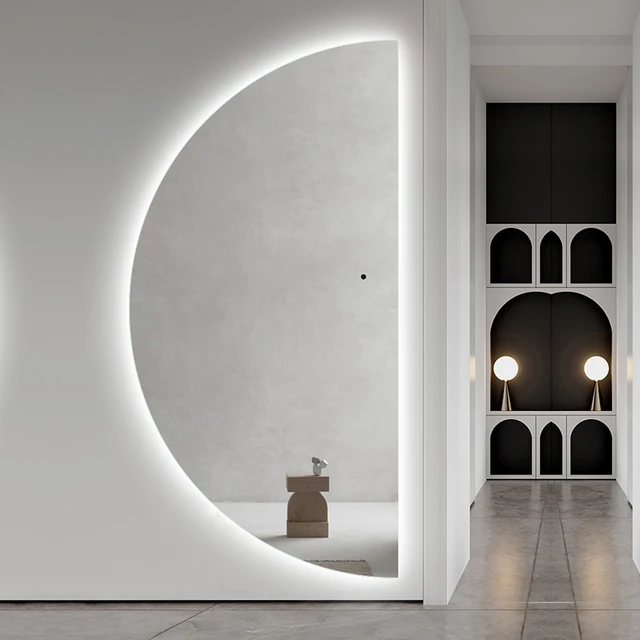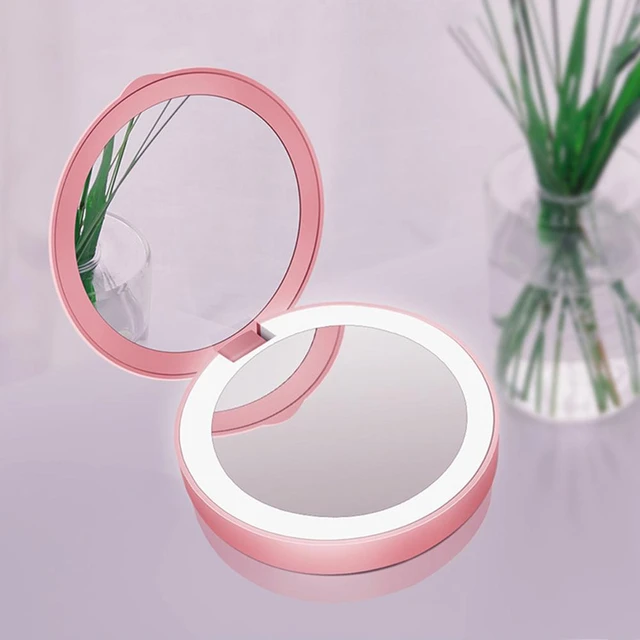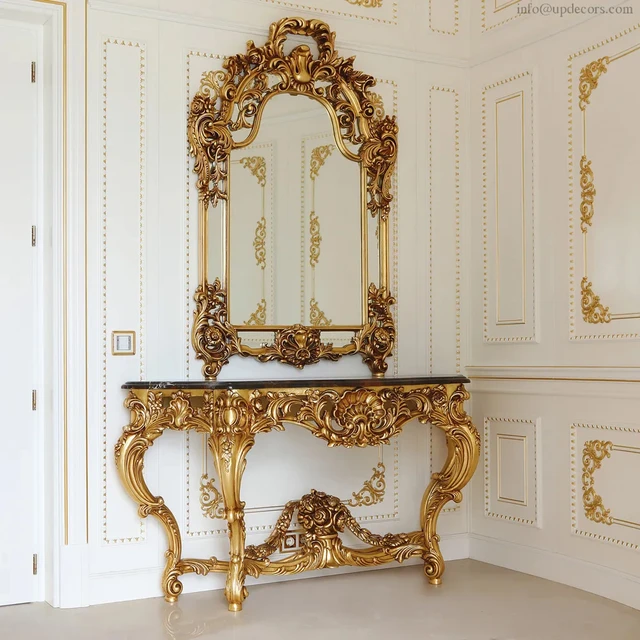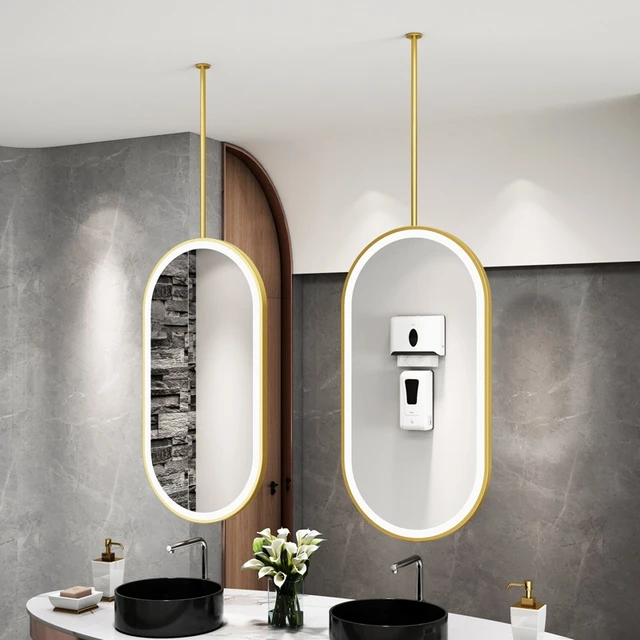Introduction:
An oxidized mirror, characterized by a cloudy or hazy appearance, can significantly diminish its reflective qualities and overall appeal. Oxidation occurs when the mirror’s protective coating deteriorates, leading to the formation of a film or layer on the surface. While it may seem challenging to fix an oxidized mirror, there are effective methods to restore its clarity and revitalize its reflectivity. In this article, we will outline step-by-step instructions for fixing an oxidized mirror, including assessing the oxidation, preparing the mirror for repair, applying specialized products, and implementing preventive measures. By following these guidelines, you can successfully restore the clarity of an oxidized mirror and enhance its functionality.

How do you fix an oxidized mirror?
Assessing the Oxidation:
Before starting the repair process, it is essential to assess the extent and nature of the oxidation on the mirror’s surface. Consider the following factors:
a. Cloudiness or Haze: Observe the mirror’s appearance for a cloudy or hazy layer on the surface. This indicates the presence of oxidation, which can obstruct the mirror’s reflectivity.
b. Uniformity: Determine if the oxidation is uniform across the entire mirror or concentrated in specific areas. This assessment will help determine the approach for repair.
c. Protective Coating Condition: Assess the condition of the mirror’s protective coating. Check for signs of peeling, cracking, or other damage that may have contributed to the oxidation.
d. Reflectivity: Evaluate the mirror’s current reflectivity. Notice any reduction or distortion in the reflection caused by the presence of oxidation.
Preparing the Mirror for Repair:
Proper preparation is crucial for effectively fixing an oxidized mirror. Follow these steps to prepare the mirror:
a. Cleaning the Surface: Use a mild glass cleaner and a lint-free cloth to clean the mirror’s surface. Remove any dust, dirt, or residue that may affect the repair process. Ensure the surface is completely dry before proceeding.
b. Protecting the Edges: Apply masking tape or painter’s tape around the edges of the mirror to protect them from accidental damage or staining during the repair process.
c. Removing the Oxidized Layer: If the oxidation is severe, you may need to remove the oxidized layer before applying specialized products. Use fine-grit sandpaper or abrasive pads to gently sand the surface. Be cautious not to scratch or damage the mirror while removing the oxidation.
d. Smoothing the Surface: After removing the oxidized layer, use a soft cloth or pad to smooth the surface of the mirror. This creates a clean and even base for the repair process.

Applying Specialized Products:
To fix an oxidized mirror, specialized products can be applied to remove the oxidation and restore its clarity. Follow these steps for effective application:
a. Gather the Necessary Materials: Purchase a specialized mirror oxidation remover or a glass polishing compound suitable for mirror repair. Ensure the product is designed specifically for removing oxidation from mirrors.
b. Applying the Oxidation Remover: Apply a small amount of the oxidation remover or glass polishing compound onto a soft cloth or applicator pad. Gently rub the product onto the oxidized areas using circular motions. Take care to cover the entire surface evenly.
c. Polishing the Surface: Use a clean, dry cloth or a separate polishing pad to polish the mirror’s surface. Apply gentle pressure and continue polishing until the oxidation is removed, and the mirror’s clarity is restored.
d. Rinse and Dry: After polishing, rinse the mirror’s surface with clean water to remove any residue from the oxidation remover or glass polishing compound. Dry the mirror thoroughly with a lint-free cloth to ensure no moisture remains on the surface.

Implementing Preventive Measures:
To prevent future oxidation and maintain the clarity of the repaired mirror, consider implementing the following preventive measures:
a. Avoid Harsh Chemicals: When cleaning the mirror, use mild glass cleaners and avoid harsh chemicals or abrasive materials that can damage the mirror’s surface or contribute to oxidation. Opt for non-abrasive cleaning materials, such as soft cloths or microfiber towels.
b. Control Exposure to Moisture: Limit the mirror’s exposure to high levels of humidity or moisture. Position the mirror away from areas prone to condensation or splashing, such as bathrooms or kitchens.
c. Protect from Direct Sunlight: Minimize the mirror’s exposure to direct sunlight, as prolonged exposure can accelerate oxidation. Consider using curtains, blinds, or UV-blocking films to shield the mirror from excessive sunlight.
d. Gentle Handling: Handle the mirror with care to prevent scratches, cracks, or other damage that may impact clarity or contribute to oxidation. Avoid placing excessive pressure on the mirror’s surface and use appropriate support when moving or cleaning.
e. Regular Inspections: Periodically inspect the mirror for any signs of oxidation or damage. Address any issues promptly to prevent further oxidation and maintain the mirror’s clarity.

Seeking Professional Assistance:
Repairing an oxidized mirror can be a challenging task, and in some cases, professional assistance may be necessary. Consider the following situations where seeking professional help is advisable:
a. Extensive Oxidation: If the oxidation is severe or widespread, professional mirror repair services can provide expertise and specialized equipment to effectively address the issue.
b. Antique or Valuable Mirrors: If the oxidized mirror is an antique or holds significant value, consulting with professional mirror restoration specialists is recommended. They possess the knowledge and skills to handle delicate or valuable mirrors with care.
c. Professional Polishing and Coating: Professional mirror repair services can offer specialized polishing and coating techniques to restore the mirror’s clarity and protect it from future oxidation.
Seeking Professional Assistance:
In some cases, fixing an oxidized mirror may require professional assistance. Here are a few situations where it is advisable to seek help from professionals:
a. Extensive Oxidation: If the oxidation on the mirror is severe, widespread, or deeply ingrained, professional mirror repair services have the expertise and equipment to tackle these challenging cases effectively. They can assess the level of oxidation and employ specialized techniques to restore the mirror’s clarity.
b. Antique or Valuable Mirrors: Antique or valuable mirrors often require delicate handling and specialized knowledge. Seeking assistance from professional mirror restoration specialists ensures that the mirror is repaired using techniques that preserve its unique qualities and historical value.
c. Professional Polishing and Coating: Professional mirror repair services have access to advanced polishing compounds and coating materials specifically designed for restoring mirrors. They can offer professional polishing services to remove oxidation and apply protective coatings to prevent future damage.
d. High-End or Custom Mirrors: If the oxidized mirror is a high-end or custom-made piece, it is advisable to consult with professionals who have experience working with such mirrors. They can provide tailored solutions and ensure that the repair process is carried out with precision and care.

Conclusion:
Fixing an oxidized mirror is possible with the right techniques and materials. By assessing the oxidation, preparing the mirror for repair, applying specialized products, and implementing preventive measures, you can restore the mirror’s clarity and enhance its reflectivity. Regular maintenance and preventive measures are essential to prevent future oxidation and maintain the mirror’s appearance. Enjoy the renewed reflectivity and brightness of your repaired mirror, knowing that you have taken steps to restore its functionality and enhance its visual appeal.

Leave a Reply